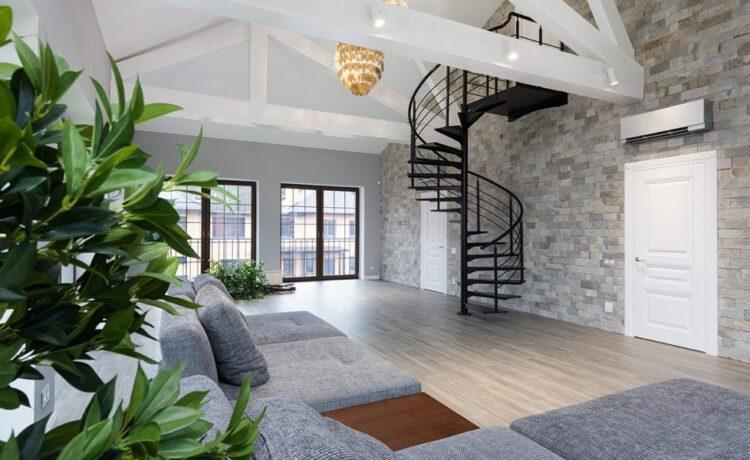Tiny living, characterized by residing in a compact space such as a tiny home or a small apartment, has gained popularity as people seek simpler and more sustainable lifestyles. While there are numerous advantages to tiny living, it’s important to consider the potential disadvantages as well. You can look at this now to know more.
As with any lifestyle choice, there are pros and cons to consider when embracing tiny living. It’s important to evaluate personal priorities, space requirements, and future plans before committing to this lifestyle. By weighing the advantages and disadvantages, individuals can make an informed decision about whether tiny living is the right choice for them.
Advantages:
One of the primary advantages of tiny living is the potential for financial freedom. Tiny homes typically have lower upfront costs, reduced utility bills, and minimal maintenance expenses compared to larger homes. This allows individuals to allocate their resources toward experiences, savings, or pursuing other personal goals.
Tiny living encourages a minimalist lifestyle, focusing on owning fewer possessions and embracing simplicity. Living in a compact space necessitates decluttering and prioritizing essential items, leading to reduced materialistic tendencies and increased mindfulness about consumption.
Tiny living promotes sustainability by minimizing resource consumption. A smaller living space requires less energy for heating, cooling, and lighting. It also encourages efficient use of resources and often incorporates eco-friendly features such as renewable energy sources and water-saving systems, helping to reduce environmental impact.
Tiny homes are often portable or built on wheels, offering the freedom to relocate or travel more easily. This mobility and flexibility allow individuals to adapt to changing circumstances, explore new locations, or embrace a nomadic lifestyle.
Disadvantages:
The most apparent disadvantage of tiny living is the limited space available. Living in a compact area may require adjusting to a smaller living environment, compromising on storage space, and carefully considering the number of possessions one can accommodate.
Privacy can be a challenge in tiny living situations, especially when sharing the space with others. Limited room for personal retreats or separate spaces can affect privacy levels and require creative solutions to establish boundaries.
Tiny living may face legal challenges depending on local zoning and building codes. Regulations regarding minimum dwelling sizes, occupancy limits, and zoning restrictions can pose obstacles to establishing or parking tiny homes legally.
Tiny living may not suit everyone’s social and lifestyle preferences. Hosting gatherings or accommodating guests in a small space can be challenging.
Tiny homes may have limited resale value in certain real estate markets. The niche nature of tiny living can make it more challenging to find buyers when it comes time to sell.











